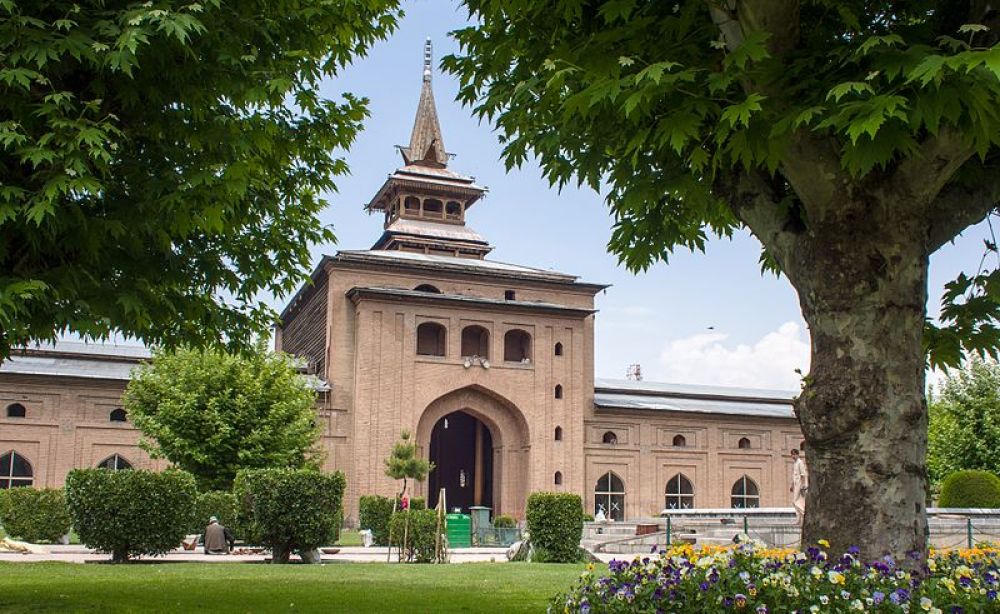

Located in the midst of the picturesque old city of Srinagar, Jamia Masjid or the Friday Mosque, is not just a religious sanctuary but a historical emblem as well. Constructed in the 14th century under the patronage of Sultan Sikandar Shah Kashmiri Shahmiri, this mosque stands as a testament to the rich heritage and architectural magnificence of the region. The mosque's Indo-Saracenic architecture, featuring elements from both Hindu and Muslim stylistic preferences, marks it as a unique and inclusive symbol.
The tourism history of Jamia Masjid is intricately linked with the allure of Kashmir Valley itself, often dubbed as "Paradise on Earth". The mosque has long attracted travelers who come to marvel at its intricate wooden architecture and peaceful ambience. Over the centuries, Jamia Masjid has played host to numerous worshippers and intrigued tourists alike.
In modern times, post the independence of India, Kashmir has seen fluctuations in tourism due to political and social circumstances. However, during periods of tranquility, the mosque, along with the scenic beauty of Kashmir, has seen a steady influx of both domestic and international tourists. The historical significance and serene environment of the mosque continue to draw visitors, contributing to the cultural tourism sector of the region.
The mosque is an unrivaled architectural wonder, notable for its 388 wooden pillars crafted out of deodar, a timber renowned for its durability and smooth finish. It can accommodate more than 33,000 people in its expansive courtyard. The calming ambiance within the mosque garden provides a perfect respite for spiritual reflection and a connect with the mysticism of Srinagar's antiquity.
One cannot ignore the beautiful greenery surrounding the mosque. The ancient Chinar trees in the mosque's outer perimeter provide a stunning visual contrast to the warm wooden tones of the mosque's structure, making it a popular subject for photography and painting.
Recent trends in tourism at Jamia Masjid indicate a growing interest in heritage walks and cultural immersion experiences. Tourists are increasingly seeking to engage with the local culture and history through guided tours that explain the significance of the mosque in the socio-political fabric of Kashmir. Accessibility improvements and better facilities have encouraged more travelers to include Jamia Masjid in their itineraries. Additionally, there's been an uptick in travel blogging and vlogging, with many visitors sharing their experiences online, thereby inspiring others to visit.
Responsible tourism practices are also becoming more prevalent, with tourists and tour operators alike being more conscious about preserving the sanctity and cleanliness of this historical site. Visitors are encouraged to respect the serenity of the mosque and to dress modestly out of respect for the cultural norms of the region.
If you plan to visit Jamia Masjid, it is best to go during the non-prayer times when tourists are more welcome to explore the space. Entry is free, though donations for maintenance and upkeep are appreciated. As with any religious site, it's important to be respectful of worshippers and mindful of the mosque's guidelines.
Finally, the experience of Jamia Masjid is not merely about beholding an ancient structure, but about immersing oneself in the living history of Srinagar and feeling the pulse of Kashmiri heritage that has withstood the test of time.